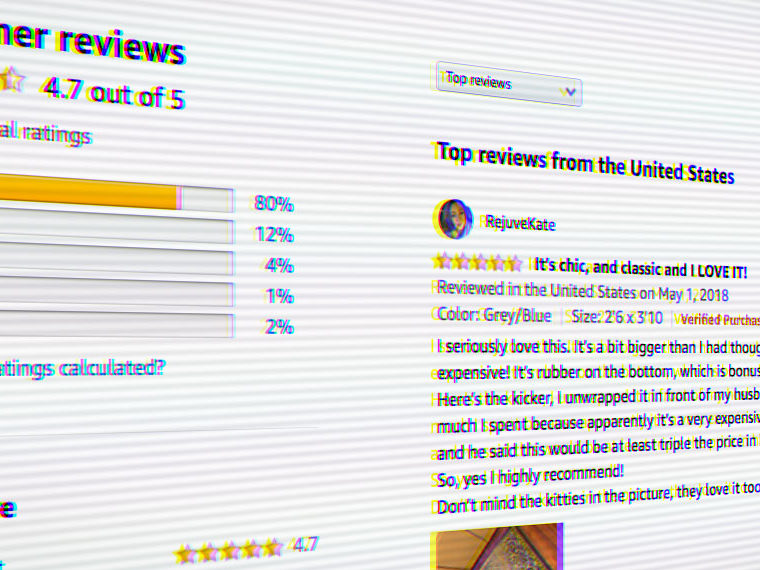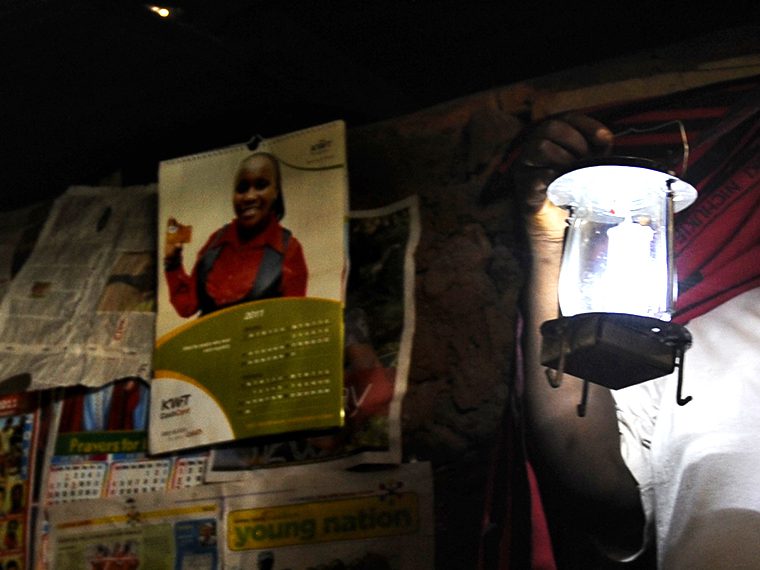Washington state data: Profits higher, prices lower at multi-store firms
After Washington state voters legalized recreational marijuana use in 2012, state officials faced the question of how, exactly, to get newly lawful cannabis to consumers. The government decided to build a retail industry from the ground up by awarding store franchises to entrepreneurs via a lottery.
The result has been something of an economic researcher’s dream — “a laboratory for the study of retail, entrepreneurship, firm size and market concentration,” according to UCLA Anderson’s Brett Hollenbeck and Renato Zaterka Giroldo, an associate at Cornerstone Research and a UCLA economics Ph.D.
In a working paper, they focus on how Washington’s cannabis retail market evolved from July 2014 to June 2017 without a road map for those who won store lottery slots. The lottery system, the study says, was “essentially unprecedented” as a method for retail development in the U.S. (Washington and Colorado were first to legalize recreational cannabis use. Nine other states and Canada have since followed.)
Opt In to the Review Monthly Email Update.
“It is as if the state of Washington decided to run a huge experiment to see what predicts retail store success and, in particular, to see whether chain retailers are good or bad for consumers,” Hollenbeck said in an interview. Thanks to the state’s close monitoring of the business, and its willingness to disclose industry data, Hollenbeck and Giroldo were able to observe how multi-store retailers fared compared to single-store operators and detail differences in retail pricing strategies, the price sensitivity of consumers shopping for legalized marijuana for the first time and other aspects of the new marketplace.
The study’s overall conclusion: Bigger is better. Financially, it has been more lucrative for Washington cannabis retailers to operate as multi-store chains. That also benefits consumers, because chains on average set prices well below what single-store operators charge.
The initial number of Washington retail store licenses awarded in 2014 was capped at 334, then raised to 556 in July 2015 to allow previously opened medical marijuana shops to enter the recreational market. Random lottery draws were used to resolve competition for franchises in individual town or city markets. Applicants are limited to owning no more than five stores in all, statewide. Retailers could not own, or be owned by, marijuana growers or processors.
Some highlights from the paper:
- The retail business turned out to be more profitable than Hollenbeck anticipated. Average sales per store in 2017 were $180,000 per month, or about $2.2 million per year. After subtracting retailers’ wholesale costs, average annual gross profit per store was just under $1.2 million. Net profit depended on rent, labor and other operating costs but, overall, “the stores are extremely profitable and their margins are very high,” Hollenbeck said in an interview.
- Significantly, multi-store retailers earned roughly $32,000 higher gross monthly profits per store in 2017 than single-store firms, or about $380,000 more annually. While that might suggest that multi-store operators charged higher prices, the opposite was true, Hollenbeck and Giroldo write: “Multi-store firms set significantly lower retail prices than single-store firms for the same products,” the study says.
- Multi-store chain average revenue per outlet in 2017 was $2.75 million, Hollenbeck said, while single-store average revenue was $2.03 million. At lower prices, the chain stores were handling considerably more transactions, so labor and other costs might have been higher than at single store sites. But profits overall were far stronger at chain stores.
- Multi-store firms’ lower retail pricing wasn’t just a function of the lower wholesale costs they paid for higher volume orders. The multi-store retailers “do not simply pass their lower costs along to consumers, but also charge significantly lower [profit] margins as well,” the authors write.
- Stores that are part of multi-store firms typically are located near each other; 90% are within 20 miles of their chain partners. That could provide them the ability to raise prices in their local areas. Yet they still charge less than single-store operators, the study says, while also offering a larger assortment of cannabis products (such as edibles, oils and extracts).
But could chain retailers be pursuing a temporary strategy of sacrificing profit margins, with the expectation that they will ultimately drive many single-store operators out of business — and then gain the power to charge higher margins?
Hollenbeck wondered the same thing, he said in an interview. But “the pattern of lower prices at multi-store chains and their higher profitability was not there initially but took quite a while to develop,” he said. As they realized their structural advantages over single-store operators, “the chain stores [found] it optimal to set lower prices,” he said.
Of course, by definition, there is an element of chance in Washington’s system of awarding stores via lottery, Hollenbeck noted. There’s no way to know if the entrepreneurs who failed to win multiple store slots would have been better businesspeople — or worse — than the winners. “We see from the experiment that by random chance, some entrepreneurs got multiple stores and thus a huge windfall in profits for each store,” he said. At least in this case, “it suggests that luck plays a big role in entrepreneurial outcomes — probably more than we would care to admit.”
For now, the research by Hollenbeck and Giroldo implies that Washington’s limit on chain size might be counterproductive if one of the state’s goals is to provide consumers with the best prices for marijuana products — which in turn could draw more buyers away from illegal marijuana dealers.
The state charges a flat 37% excise tax on every dollar of retail cannabis sales. So state revenue could rise if a small discount in pricing led to a large increase in purchases, or it could fall if, say, a 20% cut in marijuana prices only stimulated a 5% hike in buying.
Featured Faculty
-
Brett Hollenbeck
Assistant Professor of Marketing
About the Research
Hollenbeck, B., & Giroldo, R.Z. (2020). Winning big: Scale and success in retail entrepreneurship.






